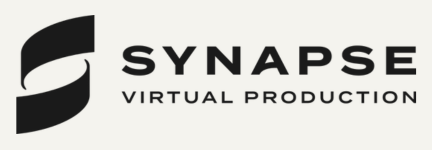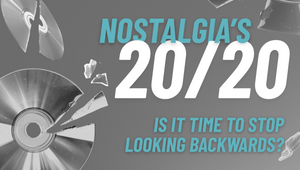
Emotion Is Still The Glue For Branded Content

Let me tell you a story. I didn’t go to film school. I came into producing 12 years ago via a marketing and PR career. Back then when directors talked about “beats” and “arcs” they could have been talking about my favourite dance club for all I knew.
Those were the days, when agencies wrote great 60 or 30 second TVC and cinema scripts, with engaging stories peppered with memorable characters… and we went and filmed them.
The ads worked. Clients were satisfied. Consumers bought. Agencies enjoyed healthy mark ups… and everyone was happy.
But the advertising landscape started to changed about eight years ago and many agencies started to turn away from their usual production process (and I’d say a chunk of their production revenues too) amid claims that digital production and content was cheap, and so easy to create, that anyone could do it.
Digital departments were split out from the main agency, specialist digital agencies popped up and so too came the pooh-poohing of the 30-second TVC as a credible vehicle to access enormous reach and frequency.
Well-experienced producers, directors and film technicians (story makers) have watched in sheer amazement as the agencies (storytellers) have all but given away, or let slide away, their most experienced TVC writers, art directors and producers… while firmly placing the responsibility of script writing and production on the shoulders of the new digital guard – a young guard existing in a world they sometimes appear ill-equipped to navigate.
Scripts turned into loose briefs, budgets were cut to a fifth of what they should be and newly-graduated-Slashers (cinematographers/editors/directors/producers) tried to service an ever increasing demand… in less time, with less money, less resources and less creative input.

(Images from short film Flat Daddy)
The mainstream fallout of the digital revolution was the loss of the “craft” of storytelling on both sides of the fence, in all but the very top (and well established) agencies and production companies.
In a time of providing content to the most fickle audience in history, to judge by their LIKE click – we find ourselves possibility at the lowest mean of talent ever in this country. More players with less experience, all competing against each other… and most forgetting about (or not having time to develop) the ideal success ingredient – the craft and professional execution of storytelling.
As always happens though, it seems the worm is about to turn.
Stories are used with maximum effect to stir up deep emotions in the best movies, or a great piece of content or a totally hilarious 30-second TVC. More than text can ever hope to deliver; screen stories can elicit the strongest of responses. Stories create uniqueness, which creates shareability. When there’s emotion, the viewer has an experience. Memories are created when there’s an emotional experience attached.
Latest research suggests that despite the personal significance of an event, if emotions are aroused during that event, then it will be easier to remember.

With audiences and screen numbers multiplying daily, and their insatiable appetite for content increasing (Australia having the largest number of illegal downloaders in the world attests to that) then there’s a big chunk of the industry scrambling to produce effective, engaging, well executed content that is not only able to compete – but breakthrough.
Articles are flooding the internet about how storytelling is the emotional glue to brands. Agencies are opening up citing their dedication to bringing back emotion to content, I’m supposing via storytelling.
As a screen producer aiming to make my mark in this game, it’s become paramount to understand the craft of storytelling… to know what’s a beat in a screenplay, to be able to identify a character arc, to ensure there’s a suitable narrative in every piece we deliver.

In case you didn’t got to film school either, let’s call on Wikipedia to lend a hand to define both the character arc and the narrative:
A character arc is the status of a character as it unfolds throughout a narrative. A character begins the narrative with certain viewpoints that change through events in the narrative, in part because they must adapt to changes throughout the storyline. In many narratives, the main characters or protagonists seem unable to resolve their problems because they lack the skills to overcome the forces of antagonism that confront them. This flaw is a driving element of the story's plot.[1] In order to improve their predicaments, not only do they often learn new skills but also must arrive at a higher sense of self-awareness and capability. In turn, they can only achieve such awareness in contact with their environment and usually mentors and co-protagonists (AND PRODUCTS) aid them. The new awareness changes who they are or are becoming.
A narrative (or story) is any fictional or nonfictional report of connected events, presented in a sequence of written or spoken words, and/or in a sequence of (moving) pictures.[1]
Hmm, see where I’m going here?
Whether it’s a movie, a television commercial, or a piece of branded content, we’re responsible for presenting events in which the character/s adapt to arrive finally in a more aspirational, more desirable place. Whether our audience buys or not, depends wholly on the story world we create for them, in the hope they’ll come along for the ride and remember who took them.















